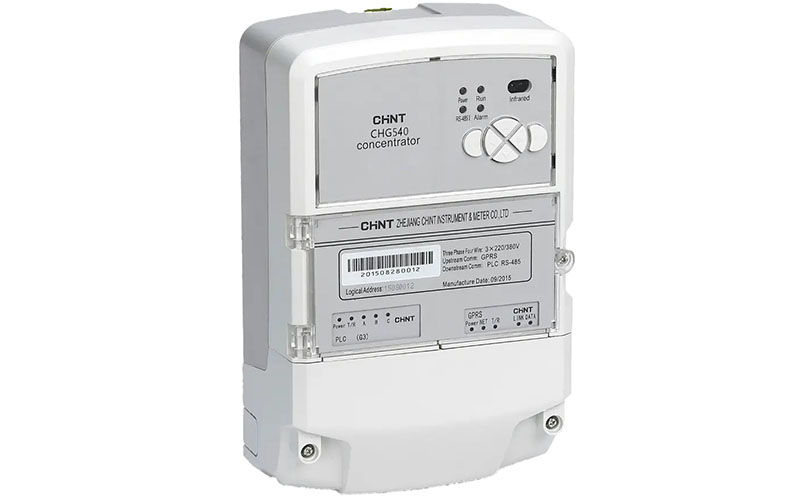A Data Concentrator Unit (DCU) is a device used primarily in smart grid systems to collect, process, and transmit data from various meters and sensors within a utility network. Here’s an overview of how a DCU works:
1. Data Collection
Meter Data: The DCU collects data from smart meters, which measure electricity, gas, or water consumption at consumer premises.
Sensor Data: It also gathers information from other sensors within the network, such as voltage, current, temperature, and status sensors.
2. Data Processing
Aggregation: The DCU aggregates data from multiple meters and sensors, compiling it into a central repository.
Data Filtering: It filters out noise and irrelevant data to ensure that only pertinent information is processed and stored.
Data Analysis: Some DCUs have built-in analytics capabilities to process and analyze data in real-time, identifying patterns and anomalies.
3. Data Storage
Local Storage: The DCU stores collected data locally, often using flash memory or other forms of non-volatile storage.
Buffering: It buffers data temporarily to manage the flow of information before transmission, ensuring that data is not lost in case of network disruptions.
4. Data Transmission
Communication Protocols: The DCU uses various communication protocols to transmit data to a central management system or a data server. Common protocols include GSM, GPRS, Ethernet, Wi-Fi, RF, PLC (Power Line Communication), and others.
Encryption: Data is often encrypted to ensure security during transmission, protecting it from unauthorized access or tampering.
5. Network Management
Remote Configuration: The DCU can be configured and managed remotely by utility operators, allowing for updates, diagnostics, and troubleshooting without needing physical access to the unit.
Firmware Updates: Operators can push firmware updates to the DCU to enhance functionality, patch security vulnerabilities, or add new features.
6. Monitoring and Control
Real-time Monitoring: The DCU provides real-time monitoring of the network, enabling operators to track consumption, detect faults, and monitor the health of the system.
Load Management: It helps in load management by providing detailed consumption data, allowing utilities to balance supply and demand more effectively.
7. Reporting
Data Reporting: The DCU generates reports based on the collected data, which can be used for billing, regulatory compliance, and performance analysis.
Alerts and Notifications: It can send alerts and notifications to operators about critical issues such as outages, tampering, or significant deviations from normal operating conditions.
8. Integration
Interoperability: DCUs are designed to be interoperable with various types of meters and sensors, regardless of manufacturer, to ensure seamless integration within the utility’s infrastructure.
Scalability: They can be scaled to manage data from a few meters in a small network to thousands of meters in a large utility grid.

Leave a Reply